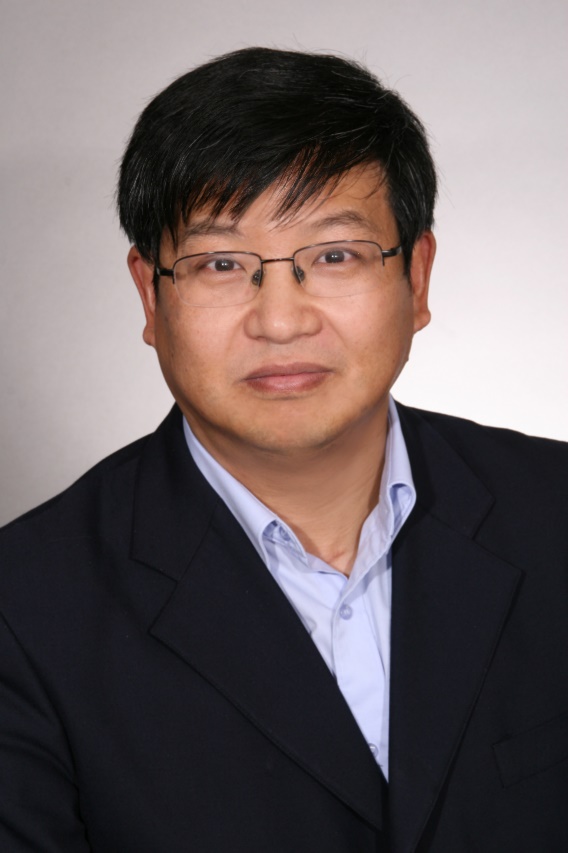
张全顺

新一代全层人体皮肤模型:采用3D静电纺丝支架与无动物成分培养基构建
报告人:张全顺
所在单位:体外科学研究院
报告人简介:张全顺是体外科学研究院(IIVS)教育与推广项目的高级科学家,负责规划、指导和协调相关活动,以推动IIVS在全球范围内推广和接受体外测试方法的使命。他是中国毒理学会(CSOT)的终身会员,并担任中国毒理学会毒理学替代与转化毒理学专业委员会委员(2024年7月-2028年7月)以及中国毒理学生物技术药物毒理学安全评价专业委员会委员(2024年10月-2028年10月)。此外,他还是国家动物替代测试重点实验室的顾问。张全顺与工业界和政府机构合作,推动体外测试策略的实施,以减少动物实验的使用,同时为产品安全性和功效评估提供关键信息。在中国,他帮助建立了与多个机构的广泛合作,包括国家食品药品检定研究院/食品化妆品所(NIFDC/IFCC)、国家质量监督检验检疫总局/中国检验检疫科学研究院/出入境检验检疫局(AQSIQ/CAIQ/CIQ)、中国疾病预防控制中心(CDC)、北京工商大学以及博溪等。张全顺毕业于南京农业大学兽医学院,曾在塔夫茨大学兽医学院担任研究助理教授(负责高效液相色谱及动物核心设施),并在上海动植物检疫局担任高级兽医师。他的工作获得了多项荣誉,包括辉瑞Aspire奖、农业部科技进步奖等。他的研究得到了美国国立卫生研究院(NIH)的多项资助(包括RO1、R21、R56及NIH合同),以及辉瑞、默克、Progenics、Microbix等公司的资金支持。他已发表超过30篇科学论文。
报告摘要:Next-Generation Full-Thickness Human Skin Models Produced using 3DElectrospun Scaffolds and Animal-Component-Free Culture MediaBackground: In vitro full-thickness human skin models are important for testing ofcosmetics, chemicals and new pharmaceuticals. However, these models commonly utilizeanimal-derived collagen as a main element of the stromal matrix. Additionally, culturemedia used to produce these models commonly contain undesirable animal-derivedcomponents including fetal bovine serum (FBS) and bovine pituitary extract (BPE). Toaddress these shortcomings, we developed full-thickness skin models without animal-derived collagen using electrospun scaffolds as structural components, together withopen-source FBS/BPE-free culture media formulations.Methods: (Bio-Spun™) electrospun scaffolds are composed of randomly oriented fiberswith diameters similar to that of native extracellular matrix. Scaffolds were attached toTranswell® inserts in place of typical microporous membrane supports. To produce thedermal component, Bio-Spun™ scaffolds were seeded with primary human dermalfibroblasts and cultured under submerged conditions in FBS/BPE-free medium Primaryhuman epidermal keratinocytes were then seeded onto the stromal components. Theconstructs were cultured at the air-liquid interface (ALI) in FBS/BPE-free ALI epidermaldifferentiation medium (open-source, BioSurfaces) to produce fully developed 3D full-thickness epidermal tissue models. Histochemical and immunohistochemical staining,and transmission electron microscopy (TEM) were utilized to evaluate morphological andultrastructural features. Tissue barrier was evaluated by measuring Triton X-100penetration using a time-to-toxicity (ET50) assay.Results: H&E-stained paraffin sections revealed robust stromal components populatedwith viable fibroblasts. The fibroblasts proliferated within the synthetic scaffolds andsynthesized native collagen and extracellular matrix materials that self-assembled toproduce robust and stable stromal matrices within 3-6 days. Immunohistochemical staining revealed uniform collagen I deposition throughout the entire electrospun dermalcomponent. TEM of the dermal-epidermal junction showed large numbers of striatedcollagen fibers and a well-developed basement membrane.. H&E-stained paraffin sectionsalso showed well-developed stratified epidermis by Day 10 following ALI culture,consisting of basal, spinous, granular and stratum corneum components. TEM of thestratum corneum showed abundant production and deposition of lamellar lipid sheetsbetween the corneocytes. A viable epidermal layer with stable thickness was maintainedfor at least Day 35 after ALI (longest timepoint evaluated to date), providing an extendedwindow of useful downstream experimentation time. The production protocol wassuccessfully transferred to an independent research laboratory (IIVS), where tissues withcomparable histology were readily produced. Functional barrier assessment conducted byIIVS determined an ET50 of ~13 hours, demonstrated a robust stratum corneum barrier.Conclusions: Next-generation, in vitro full-thickness human skin models were producedusing animal collagen-free 3D electrospun scaffolds and open-source FBS/BPE-freeculture media formulations. The fully human skin models provide long-term stability anddo not suffer from contraction and stromal degradation issues. These next-generationskin models offer promise for completely animal-product-free testing of cosmetics,chemicals, and pharmaceuticals